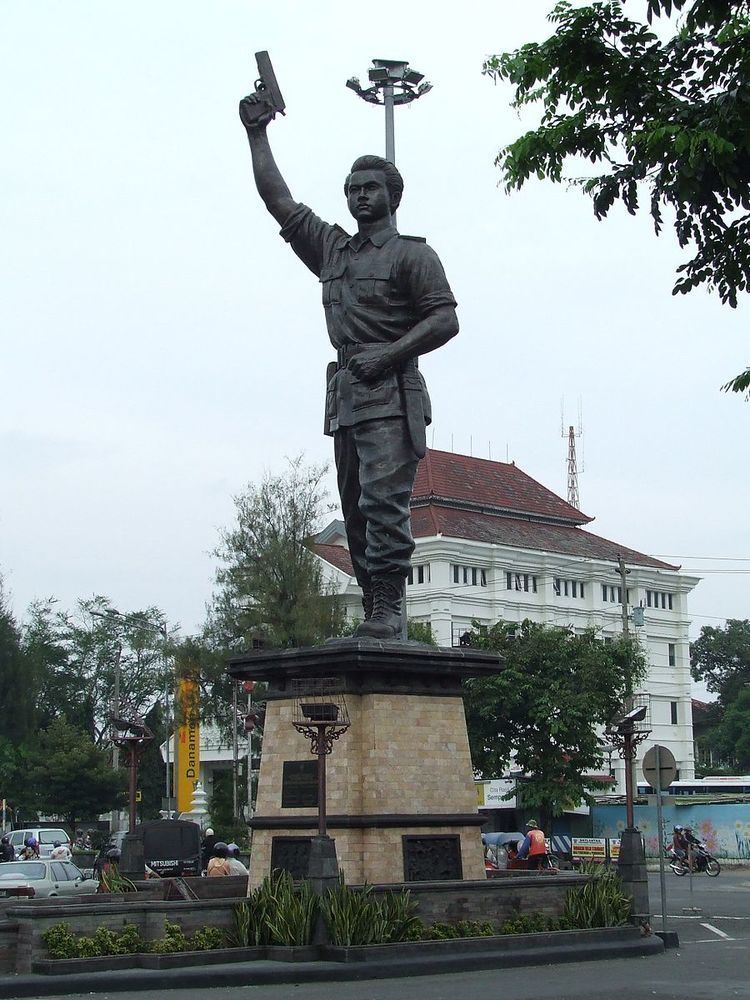Unknown 325 RST troops Date 7 August 1949 | Approximately 500 dead, among them an unknown number of non-combatants 3 RST troops wounded Result Dutch victory | |
 | ||
The Siege of Surakarta (7 August 1949) was a campaign of the Indonesian National Revolution. The Indonesian Republican forces (TNI) briefly infiltrated the city of Surakarta (also known as Solo) before being repulsed by Dutch special forces (RST). Despite the defeat, the battle, together with an earlier attack on Yogyakarta provided a morale boost for the Indonesians.
Contents
Background of the insurgency
From 1945 to 1948, the Dutch re-occupied various regions in Java, the territory of the Republic of Indonesia to Yogyakarta, Surakarta, and surrounding areas. In December 1948, the Dutch attacked and occupied the cities of Yogyakarta and Surakarta and declared that the Republic was destroyed and no longer existed.. In response the Indonesian army led by General Soedirman started a guerrilla war from surrounding areas and conducted large-scale raids into the cities of Jogyakarta and Surakarta, called Serangan Oemoem. The Indonesian troops managed to beat the Dutch troops and occupy both cities for several hours.
The leader of the raid on Yogyakarta was Lt. Col. Soeharto. Soeharto fled the area in a hurry after heavy fighting. United Nations observers stated that the uprising of the TNI in Jogyakarta had failed and the Dutch were in control again.
The leader of a similar raid on Surakarta on 7 August 1949 was Lt. Col. Slamet Riyadi.
The Surakarta insurgency
The TNI made an attempt before the armistice, to get hands on Surakarta in Central Java and succeeded in many places to infiltrate the city. 325 men of the Regiment Speciale Troepen (RST) were hastily flown in to expel the TNI from Surakarta. In a few days time the insurgency was carried out. Approximately 400 people of the TNI were killed, while the RST numbered only three wounded. It can not be entirely ruled out that a number of civilian casualties have been counted among the losses of the TNI.
Aftermath
This last battle of the RST showed again the qualitative superiority of the KST/RST over the Indonesian nationalist fighters. The leader of the raid on Surakarta on 7 August 1949 was Lt. Col. Slamet Riyadi. To commemorate this event, the main street of the city of Surakarta was renamed "Brigadier General Slamet Riyadi Street".
